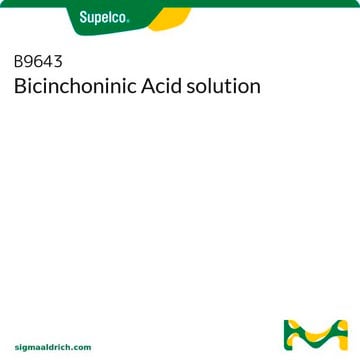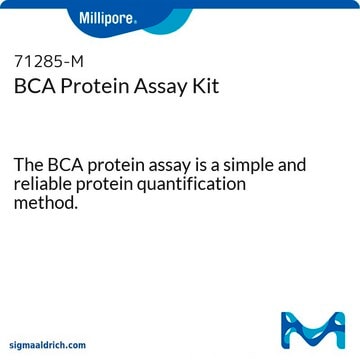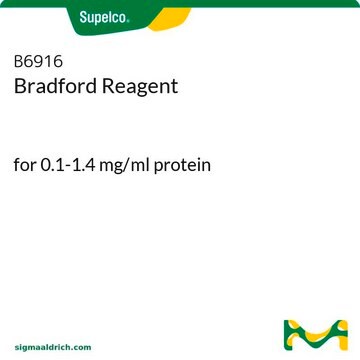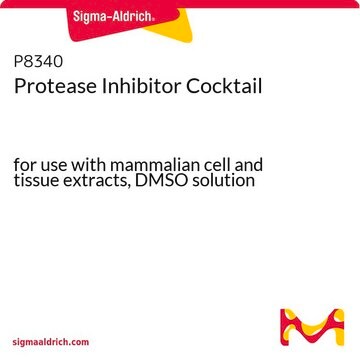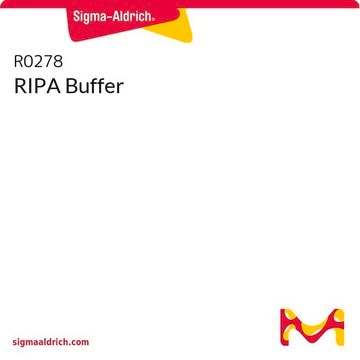This product has not been tested for use with marine bacteria in artificial sea water. However, the publication below used the Bicinchoninic acid method to measure total protein in planktonic marine bacteria, indicating that this kit may be suitable.
Determination of Total Protein Content of Bacterial Cells by SYPRO Staining and Flow Cytometry
https://www.ncbi.nlm.nih.gov/pmc/articles/PMC91485/
Note that there are a number of potential interfering substances that may impact results. Please see the link below to review the product datasheet, including a list of interfering substances beginning on page 4.
https://www.sigmaaldrich.com/deepweb/assets/sigmaaldrich/product/documents/246/793/bca1pis-ms.pdf
